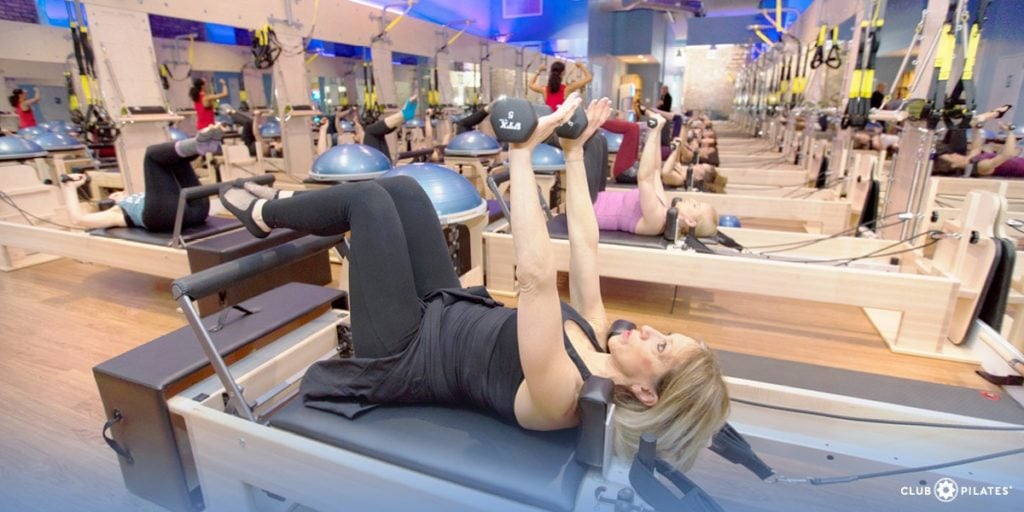During your Pilates practice, there are specific concepts to continuously concentrate on in order to maintain proper form. Today, we’re talking pelvic stability. Actively practicing this during your workout prevents pain and injury. Like most Pilates principles, it also counteracts imbalances that usually damage your body throughout your daily life.
Everyone's body is built a little differently. We all tend to have imbalances where we find certain muscles to be tighter than others. These imbalances can be caused by prior conditions, day-to-day repetitive routines, or even improper posture. For example, if you tend to have tight hip flexors through the pelvic region, this can lead to a tight low back and other imbalances that can affect the entirety of the body. If your glutes are in a tightened state, the low back can be drawn into an over lengthened position.
Regardless of what exercise we perform or what position we hold throughout the day, we need to create awareness around the placement of our hips, pelvis and low spine. Constantly sitting in a tucked position can lead to imbalances and pain. This is common for people who drive, fly, or sit in front of a television or computer for long periods of time. On the other hand, sitting, standing, or lying down with an arched back can also lead to various imbalances and conditions. When aches and pains stem from the pelvis, it can lead to upper back, shoulder and neck soreness; it can also travel down into the hips, knees, and even feet! Keeping this in mind, we want to maintain a neutral pelvis during our Pilates practice by not allowing the hips to rock back and forth or side to side.
The most important concept to keep in mind is that every person's body is different, and every single day is different. Maintaining consistency in your Pilates practice will create everyday awareness on how you should be sitting, standing and moving. This will help draw your pelvis into a stable and neutral state more often, helping you protect surrounding muscles and preventing injuries and pain.
| Try a FREE Intro Class! |



